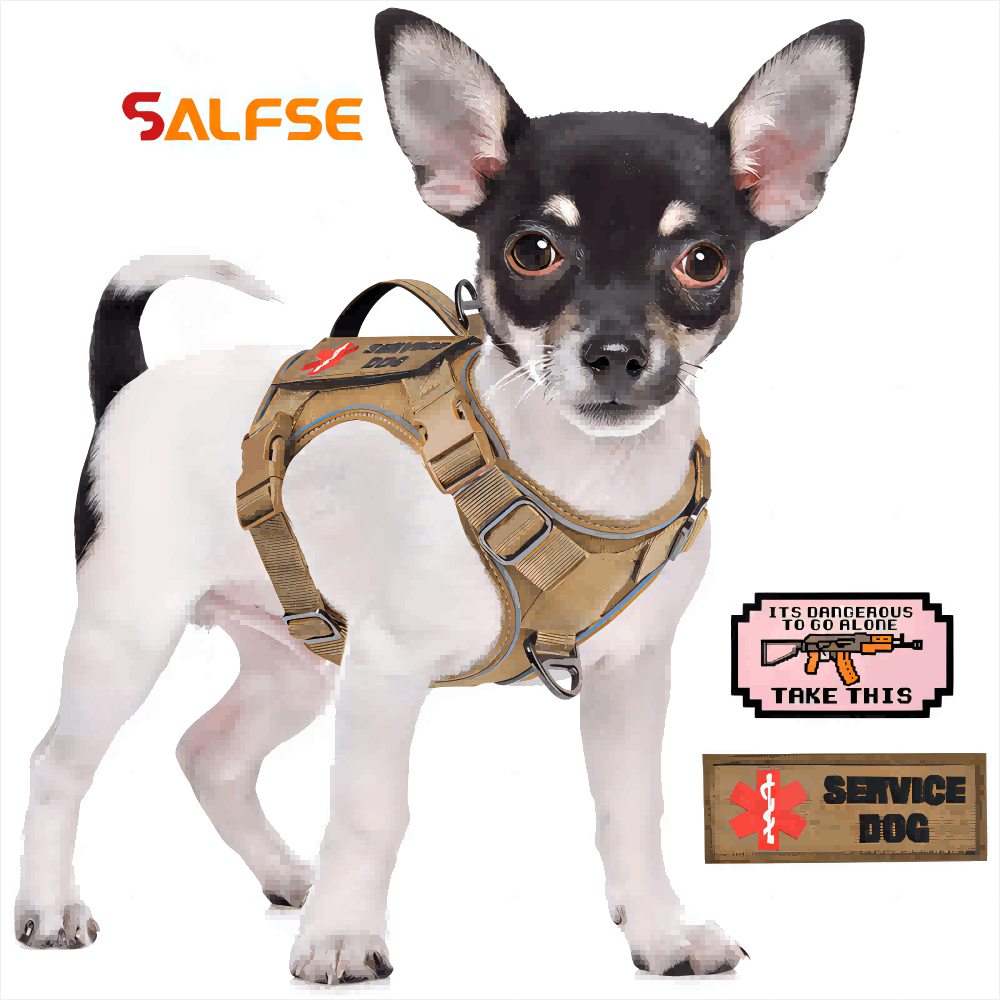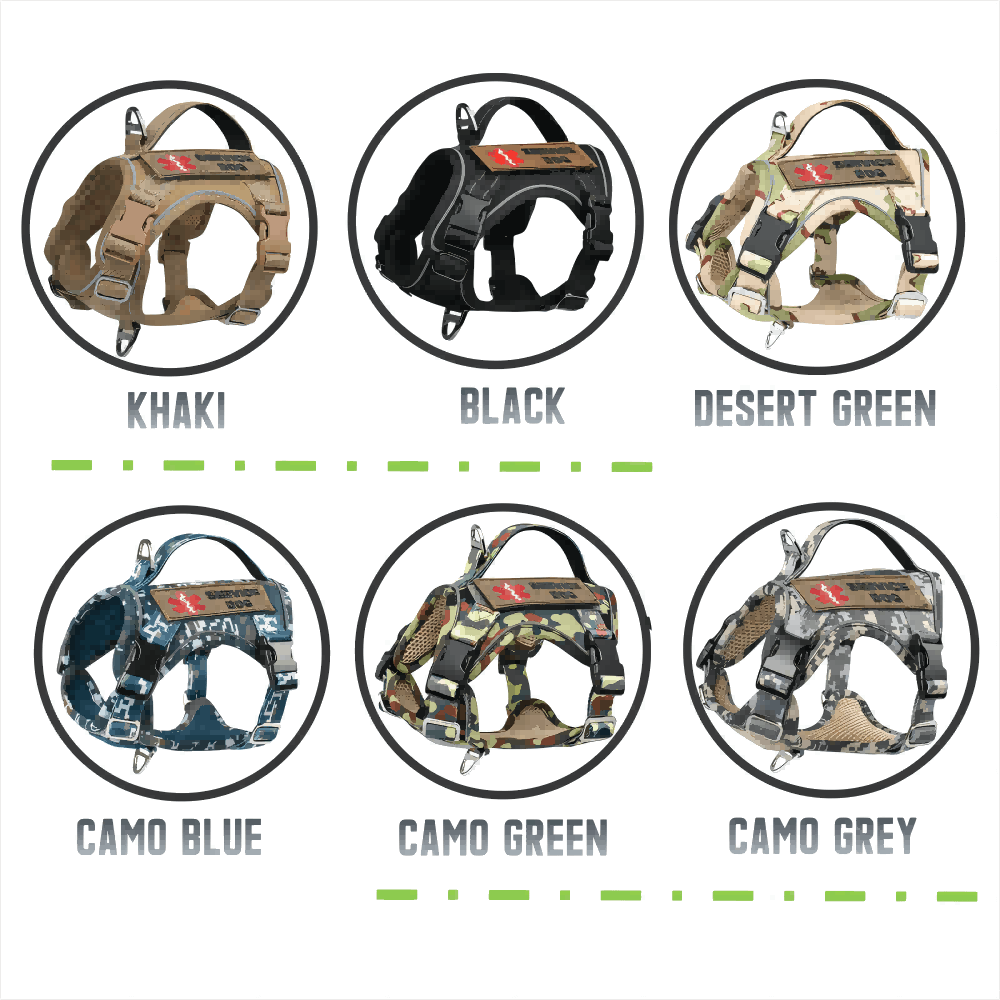1.Understand the impact of dog behavior: When walking the dog, the behavior of the dog will directly affect its status in the group and the interaction with other dogs. If the dog is too aggressive, it may cause conflicts with other dogs, and as the owner, lose control over the dog.
2.Establish the authority of the owner: the dog should follow the owner’s instructions when walking, and the owner should take the initiative to make the dog walk on the side or behind. If the dog walks in front of the owner, the owner should quickly turn to the opposite direction to show control.
3.Stop peeing behavior: the owner should stop the dog from urinating anywhere while walking. This behavior conflicts with the obedience instinct and affects the dog’s obedience.
4.Use clear passwords and actions: When training “walk” and “stop”, the owner should use clear, short, and easy-to-understand passwords and corresponding actions to guide the dog to behave correctly.
Below we will explain in detail the specific steps of this dog training method

We cast envious eyes on those dogs who can do “orders and prohibitions”, and “hate iron but not steel” to dogs that rush forward desperately and cannot even be pulled by themselves. Many dog owners will only have fun in bitterness, but they don’t know what this performance means.
1.When walking the dog, some behaviors of the dog need to be paid attention to. In the dog world, you and your “master” form a group. Originally the dog was in a subordinate position and the master was the leader, but the reversal of power put the role of “master” in jeopardy. More seriously, if the dog breaks out of war with other dogs it encounters, the dog owner without authority will be unable to stop it at all, and may even be injured by dragging, especially some large dogs with great strength.
2.If the daily walking route is fixed, the dog will recognize the surrounding area as its own territory. If there is a person or dog that threatens its status, it will take the initiative to attack. And the master who has lost control and command will also be forced to be attacked by the opponent.
3.We can see the behavior of dogs urinating on telephone poles or trees to mark, which is the behavior of declaring territory. This kind of behavior should be stopped rather than allowed, because it counteracts the instinct of obedience, and the more “powerful” it is, the more disobedient it will be.
Some owners take it for granted that obedience is good for the dog, but they don’t know that the dog’s “power” will bring it great pressure, but obedience makes it feel good. Among pets, the owner should be the one in charge and take the initiative.
4.Therefore, when the owner and the dog are traveling, be sure to fasten the leash, and make sure the dog walks on the side or behind the owner. If the dog walks in front of the owner, the owner should immediately turn to the opposite direction. If the dog wants to rush forward, then pull the leash tight immediately, and the dog will stop, that is, keep the person leading the dog.

5.The dog stops, and the owner also stops, then softly calls the dog’s name, gives it food rewards, and walks forward slowly again. If the dog outpaces the owner again, ask the dog to sit down for a moment of calm before moving on.
6.Step left foot, call out the command “go”, and guide the dog’s action by the left foot; when stopping, stop the right foot first, and shout “stop” in your mouth; if the dog walks on the left side, when the dog exceeds When the dog sees the owner, the owner immediately turns to the right and rear to stop the dog’s behavior. In the training of walking and stopping, passwords and actions are used as training guides. The passwords should be clear, short and easy to understand.
7.Reward and encouragement: When the dog acts according to the command, praise and give food rewards in time to enhance positive feedback.
8.Repeat the exercise: Repeat the above steps every time you walk the dog, gradually let the dog get used to walking and stopping according to the instructions, and establish correct behavior habits.

Core Points and Principles
The core of training a dog to “go” and “stop” is to establish a relationship of trust and authority between the owner and the dog. Through clear passwords and corresponding actions, the dog can clearly understand the instructions of the owner, so as to maintain good behavior habits. When walking the dog, the owner should always keep control, and don’t let the dog do whatever he wants during the dog walk, so as to avoid adverse consequences.
Patience and persistence are required in the training process, and don’t rush it. Every dog walk is an opportunity for training. Repeat the exercise until the dog has fully mastered the “go” and “stop” commands. At the same time, we must respect the individual differences of dogs, and adjust the training plan according to the characteristics and progress of each dog to ensure the effectiveness and safety of training.

Summary: Training dogs to “walk” and “stop” is an important part of cultivating good behavior habits of dogs. Through the establishment of the owner’s authority and effective command training, the dog learns to obey the owner’s control, which can not only ensure the safety and smooth progress of the dog walk, but also help to strengthen the relationship and trust between the owner and the dog. Adhere to scientific training principles, guide the dog patiently and meticulously, and believe that with the accumulation of time, the dog will become a well-behaved and obedient companion.
(Take your dog out and let him wear a tactical dog harness, he’ll look really cool)

Questions and answers about “go” and “stop” training for dogs
Q1: Why do you want to train your dog to “go” and “stop”?
A: Training the dog to “walk” and “stop” is to establish a trust relationship between the owner and the dog, and to ensure the safety and smooth progress of the dog walk. This kind of training enables the owner to effectively control the behavior of the dog while walking the dog, avoiding the situation where the dog rushes and does not obey the instructions, so as to maintain a good interaction between the owner and the dog.
Q2: What are the characteristics of dogs suitable for training “go” and “stop”?
A: Dogs suitable for training “go” and “stop” are usually gentle and easy-to-train breeds, such as Boston terriers and other strong and well-behaved breeds. These dogs are more likely to accept instructions during the training process and quickly master the correct behavior habits.
Q3: What basic principles should be followed in training “go” and “stop”?
A: Training “go” and “stop” should follow the following basic principles: patience and perseverance, do not rush for success; use clear, short, easy-to-understand commands and actions to guide dogs; respect individual differences of dogs, according to each dog Adjust the training plan according to the dog’s characteristics and progress; maintain the authority of the owner, let the dog clarify the owner’s instructions, and establish correct behavior habits.
Q4: How to avoid the adverse consequences of training “go” and “stop”?
A: To avoid the adverse consequences of training “go” and “stop”, the owner should do what he can, step by step, and don’t act too hastily. Each training session should be adjusted around the dog’s progress to ensure the effectiveness and safety of the training. At the same time, the owner must ensure that the correct methods and tools are used to avoid causing injury or fear to the dog.
Q5: What are the benefits of “go” and “stop” training for dogs?
A: “Walk” and “stop” training has the following benefits for dogs: establish a trust and authority relationship between the owner and the dog, enhance the dog’s obedience; maintain safety and order when walking the dog, and avoid dog chaos Rushing and disobeying instructions; enhancing the relationship and interaction between the owner and the dog, making the dog a well-behaved and obedient companion.
Previous section: How to train a dog to “jump”?-Dog training(11)
Next section: How to train a dog to “shake hands”?-Dog training(13)



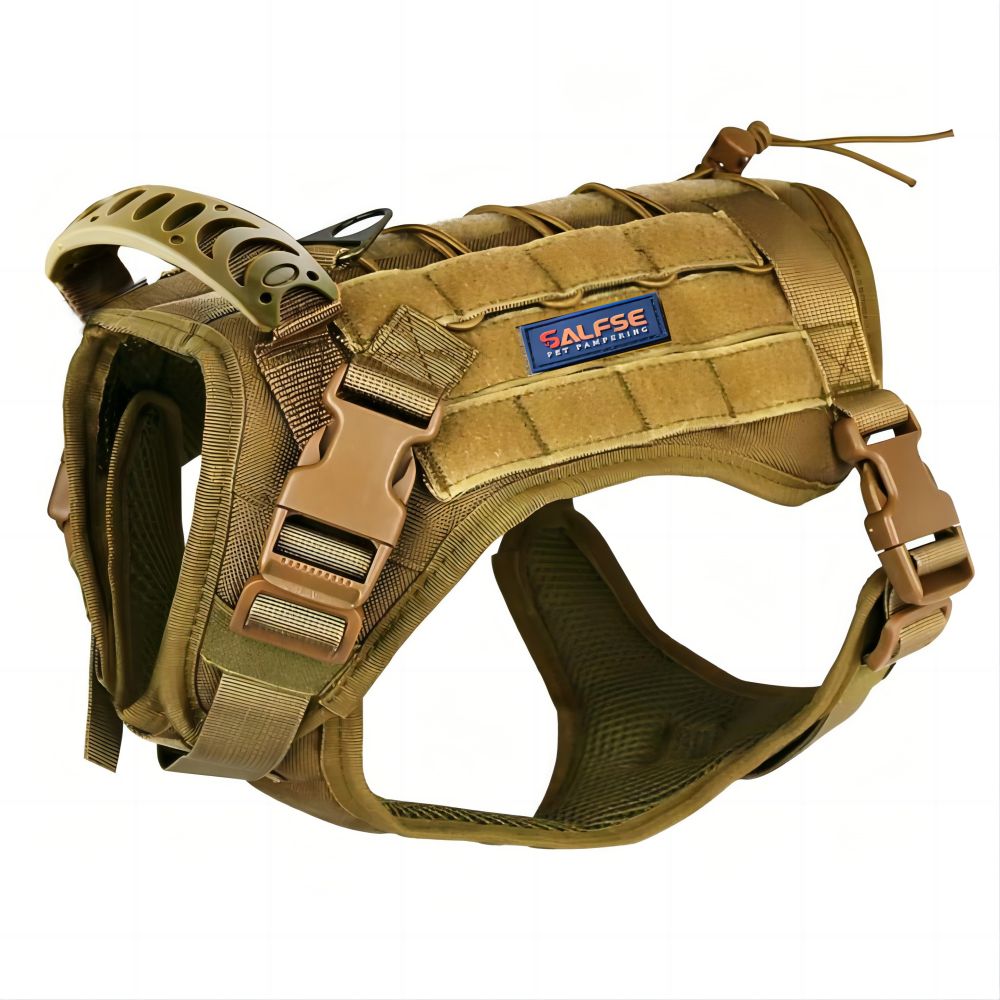
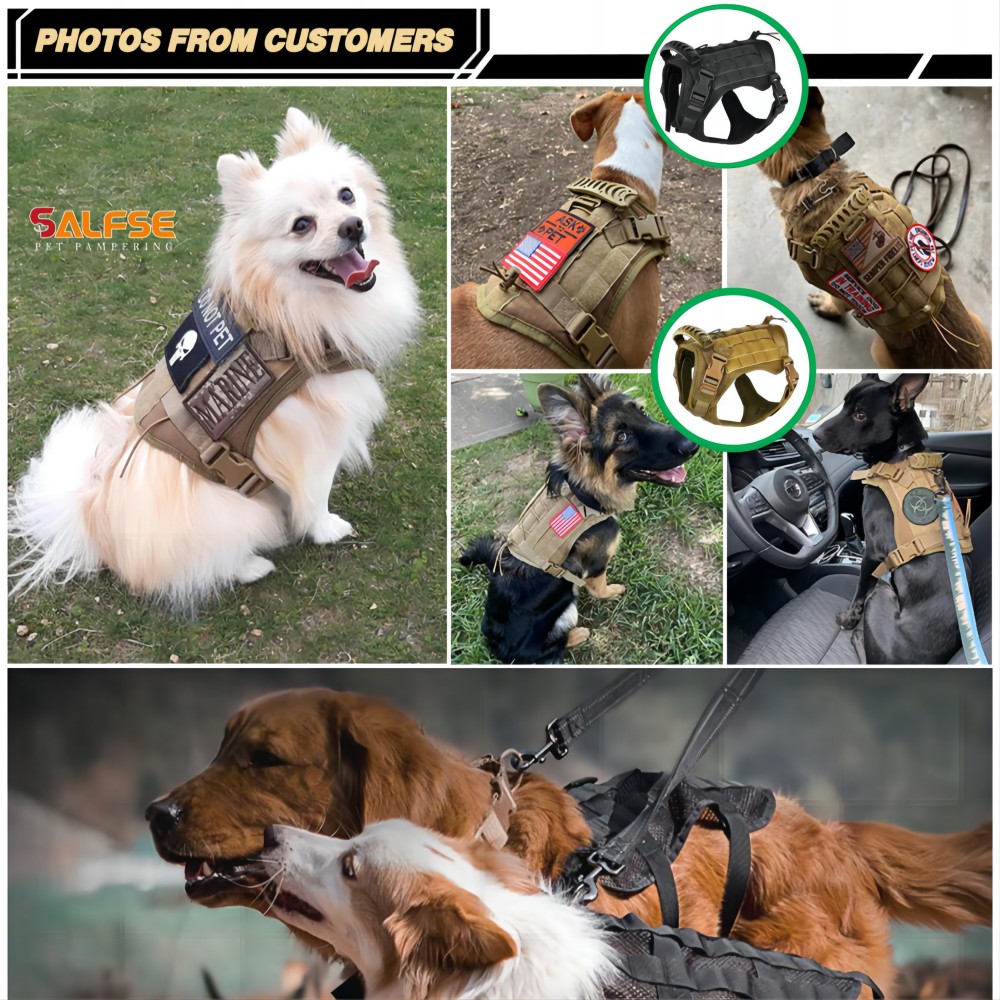



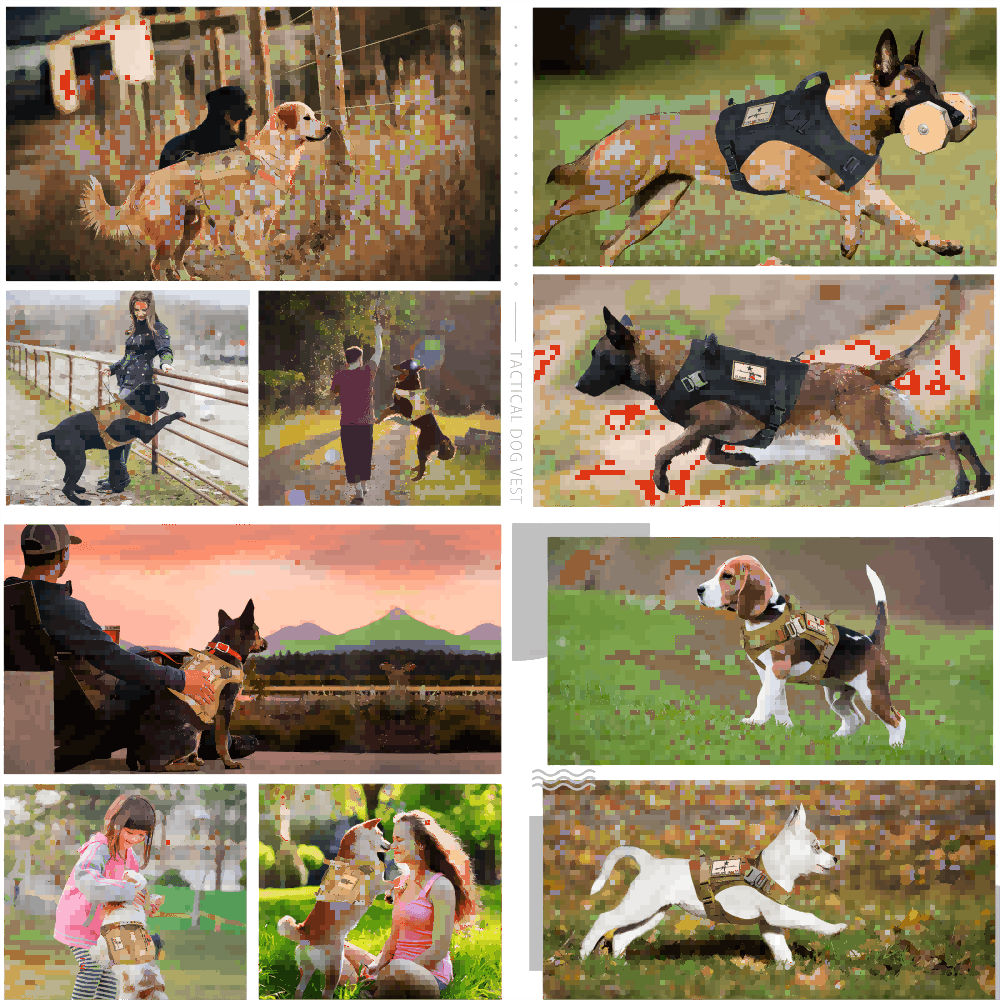
-1.png)



















